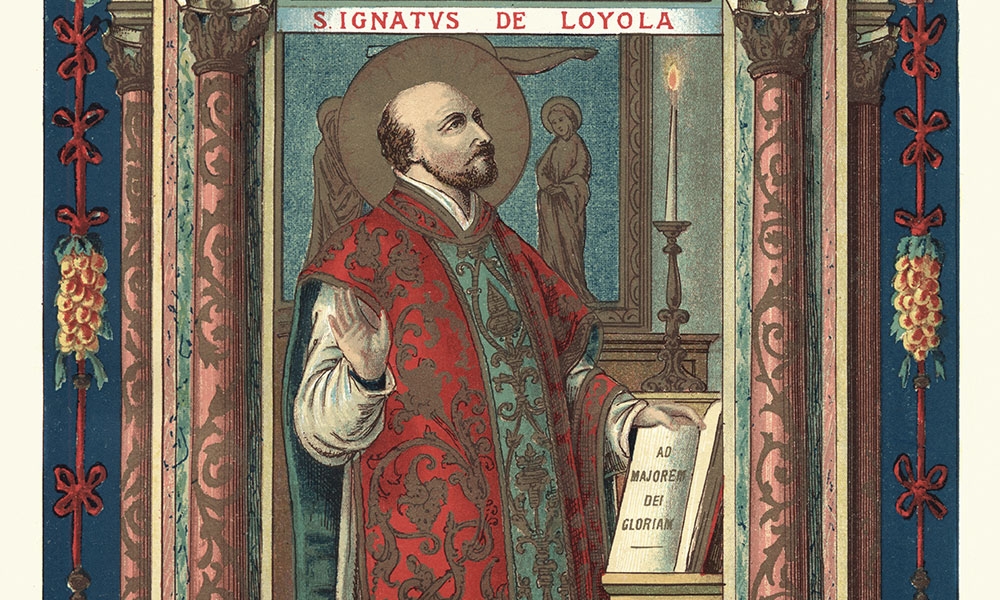
St. Ignatius of Loyola laid the groundwork for the Jesuits
Inigo López de Loyola spent much of his young life gambling, womanizing and fighting. He was born in 1491 the youngest of 11 children in the ancestral castle of the Loyola family in the Basque province of Guipuzcoa in Spain.
Inigo López de Loyola spent much of his young life gambling, womanizing and fighting. He was born in 1491 the youngest of 11 children in the ancestral castle of the Loyola family in the Basque province of Guipuzcoa in Spain.
He left home at age 15 to become a page to the treasurer of the king of Castile. He received his early education there. When his patron lost his position, Inigo went to Pamplona and spent about five years training as a soldier in the army of the viceroy of Navarre.
He was there in 1521 when the French invaded Navarre and besieged Pamplona. In the battle, Inigo was struck by a cannonball, which broke one leg and injured the other. Richard McBrien writes in “Lives of the Saints” that he was taken prisoner by the French who set his leg, which did not go well and had to be reset.
Eventually, he was allowed to return to Loyola. During his convalescence, he asked for books of chivalry and romance novels to read. Instead, he was given a copy of “The Golden Legend” by James of Voragine. Paul Burns writes in “Butler’s Lives of the Saints” that Inigo began to dream of becoming a knight of Christ. One wakeful night, a vision of Our Lady filled him with intense joy and permanently removed all temptations of the flesh (he later wrote).
When he was well, he made a retreat at Manresa praying, studying the spiritual life and meditating on the Trinity and fasting. Inigo emerged from this time at peace with himself and with the beginnings of the Spiritual Exercises in note form. Later, it became the foundation of the spiritual training of the Society of Jesus.
At age 33, he went back to school to study Latin, philosophy, theology and other disciplines to make himself a valuable “soldier for Christ.” He earned a master’s degree in 1534 from the University of Paris. He also became friends with six men who would work with him for the rest of their lives: Peter Favre, St. Francis Xavier, Diego Lainez, Alfonso Salmerón, Nicholas Bobadilla and Simón Rodriguez.
They went to the chapel of St. Denis in Montmarte, Paris to make their vows of poverty and chastity and promised to serve the church.
In 1537, after they were ordained as priests, they met in Venice and formed a new religious order called the “Company of Jesus.” Inigo now called himself Ignatius, the more familiar Latin form of his name.
On Sept. 27, 1540, Pope Paul III established the “Society of Jesus” that became known as the Jesuits. They were directed to go to Germany to begin a counterattack to the diatribes of Lutherans and Calvinists. The Spiritual Exercises and the education work of the Jesuit schools became an important factor in this counter revolution. Their education was modern and progressive and made use of the classics and critical scholarship.
The Jesuits also became prominent in the foreign missions and were among the first missionaries and explorers in the U.S.
Ignatius remained in Italy where he died on July 31, 1556. He was canonized in 1622. Pope Pius XI declared him the patron of spiritual exercises and retreats. His feast day is July 31.
Mary Lou Gibson is a freelance writer who loves to explore the lives of saints. She is a member of St. Austin Parish in Austin.



